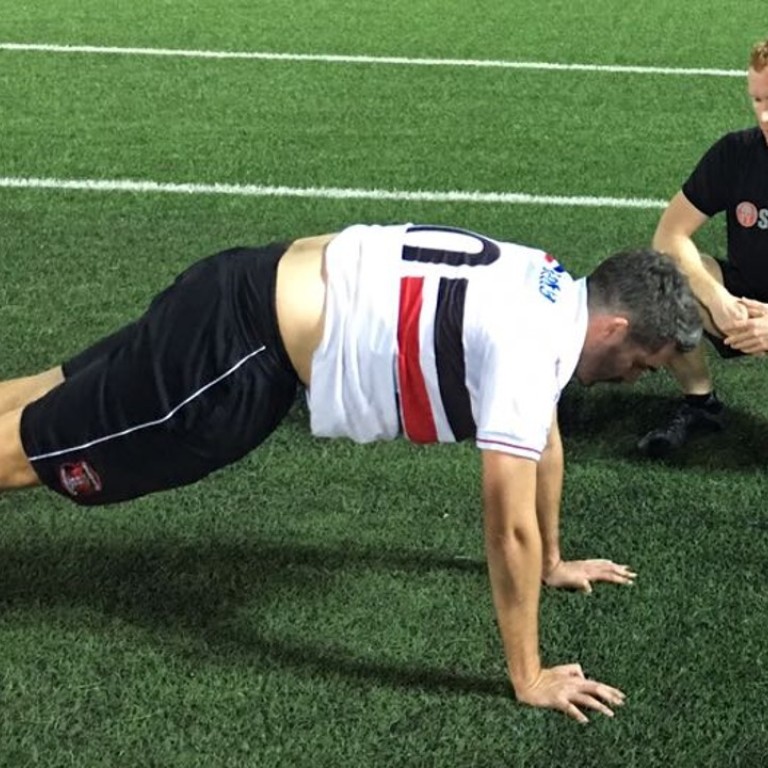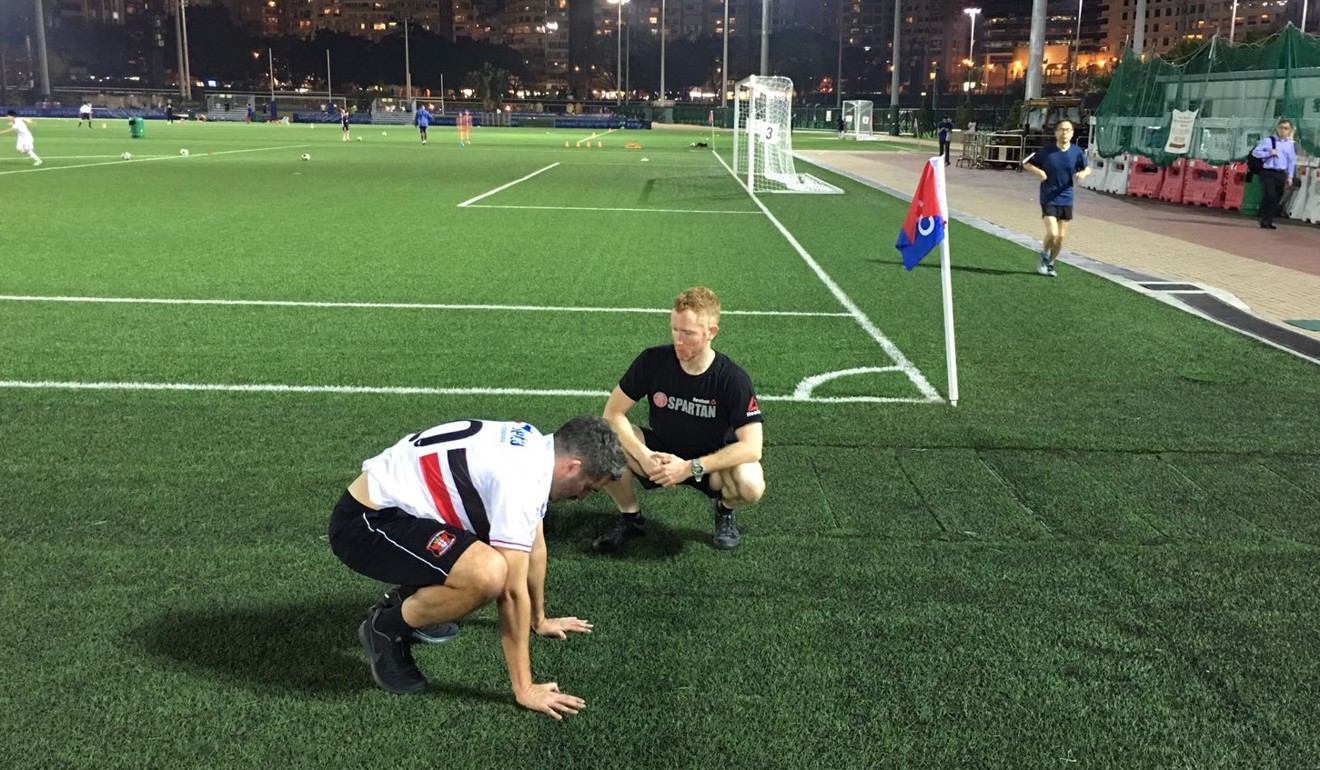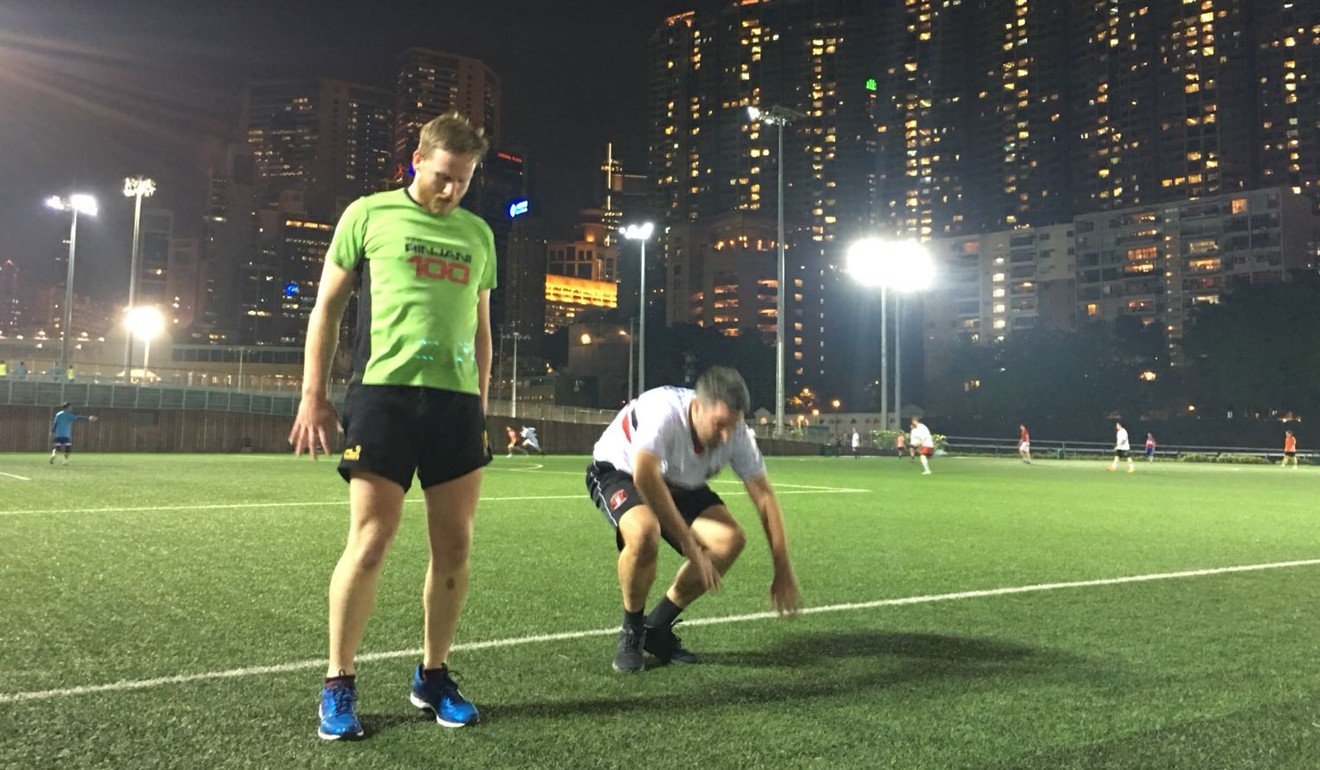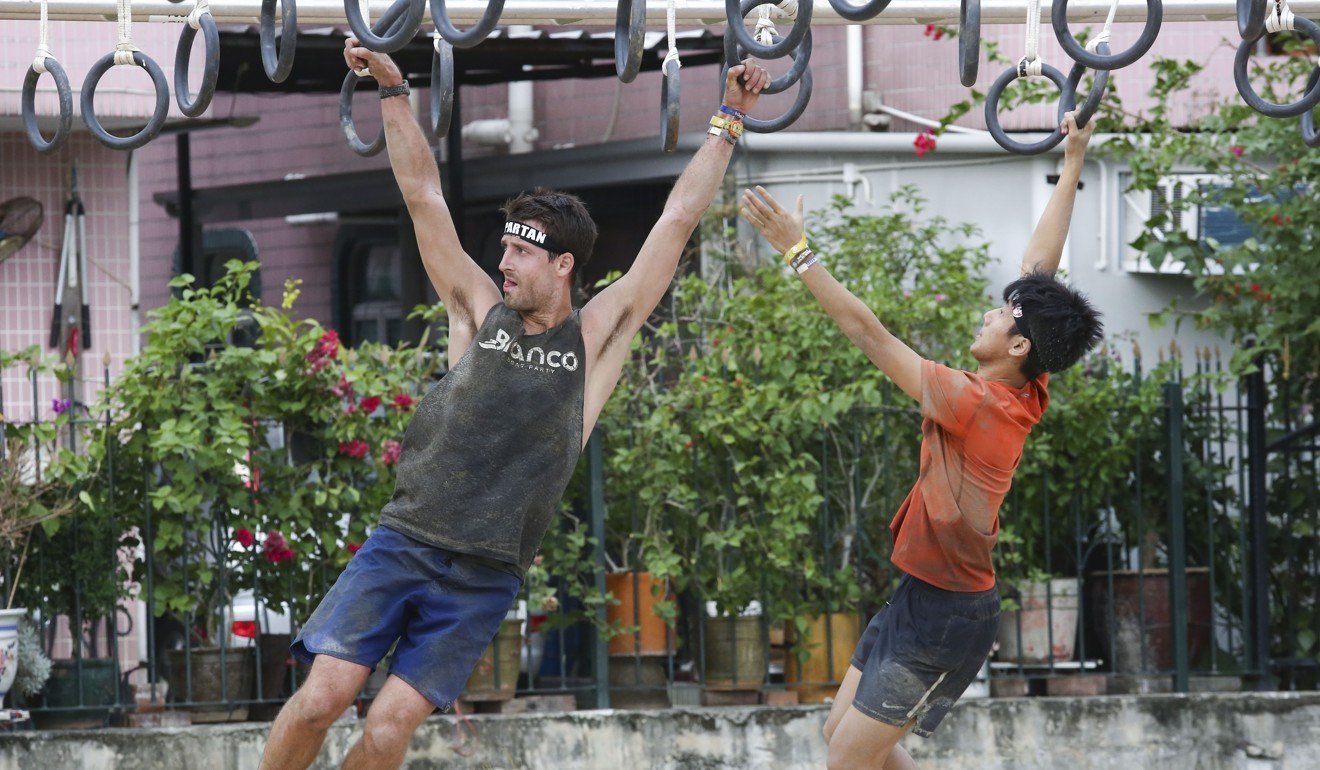
Get in shape for the Spartan Race: how to improve burpee technique and core strength
If you are entering the Spartan Race, there is one gruelling movement that you better perfect otherwise you are in for a long afternoon
The first few burpees never feel that bad. The ease of the jump two or three times lulls you into a false sense of security before fatigue hits and your body feels heavy. By 10 you are panting, by 30 you want it to end.
A burpee is a full body movement where you drop to the floor so your chest is pressed flat against the ground, then simultaneously do a press-up and bring your feet up to your hands in one movement, then finish with a squat jump.
That is one burpee. For every obstacle you fail to complete in the 6km Spartan Race, your forfeit is to do 30.
Considering that Spartan Races require participants to swing from monkey bars, dunk under water, carry weights and buckets of gravel up hills and crawl under wires, make sure you perfect your burpee technique.
It is one of the hardest exercises out there because it uses so many different muscles, said personal trainer Andrew Power.
“There are so many compound movements [movements that use a variety of large muscles] in one burpee,” he said. “A lot of people have a weakness in one area or another and the burpee exposes that. It is total body power and cardiovascular fitness.”
A group of Post reporters have entered the Hong Kong race on April 14 and Power was putting them through their paces in Happy Valley.
But first, he broke the burpee movement down to ensure we were doing it as efficiently as possible.
“If you are doing it wrong in the Spartan, you will tire overall quicker,” he said. “If you are doing it correctly, you will be more efficient and won’t tire.”
The burpee can be divided into three movements.
Firstly, the ‘dead press-up’ – with your chest pressed to the floor and none of your weight on your hands, you are a ‘dead weight’. Press up from there, but make sure you tense you gluteus and your core so your whole body rises in a single motion. Avoid bringing your chest up first or curling your lower back to mitigate injury risk.

Secondly, the thruster – jump your feet forward to your hands. Land with your feet flat on the ground and your weight on your heels. Try not to have your knees in front of your toes.

Finally, the squat jump – again, without moving your feet in front of your toes, leap into the air. As you reach your maximum extension, tense your gluteus and push your hips forward to improve your efficiency. Make sure you do not lead forward, but keep your torso upright when possible.

Once you have mastered the three movements, put them all together.
Andrew had the Post reporters work at maximum intensity, for 45 seconds with a 15-second break, six times. If you are just starting, you can vary the length of work or break, but make sure you concentrate on your technique even as you get tired.
Once we had finished our interval burpees, we moved onto core strengthening.
Core strength is vital to the burpee because without conditioned abdominal muscles, eventually your technique will falter as it supports your whole body.

“Core is involved in so many movements, not just burpees, it helps make everything more efficient – be it upper or lower body exercises,” Power said.
Power had the reporters lie on their backs and hold their feet an inch off the ground for 30 seconds.
Then, we moved into a plank position. With our backs straight and all our weight on our toes and elbows we stayed still to improve strength.
Then we moved one hand at a time up into a press up position and then back down onto our elbows all the while keeping our bodies as rigid as possible to improve stability.
“There are so many different movements throughout Spartan,” Power said. “And all of them require a conditioned core.”

